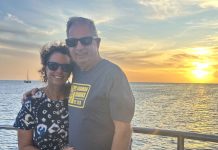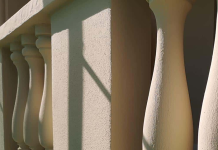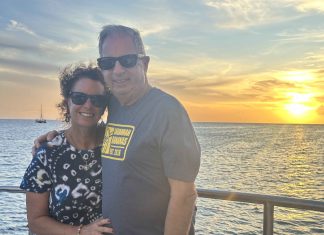Booking a magical glimpse inside Etnia Nativa
Article by Etnia Nativa call us 592 2702 and book your experience!
Etnia Nativa is a unique native gem where education meets entertainment, sharing interactive experiences with an exclusive few. An unparalleled private opportunity to tour a beautiful property made with reused materials collected by the owner, an unrivaled columnist and island cultural expert. Book your visit and dive deep into the navel of Aruba. From that educational perspective, in this new episode, we will share a brief glimpse of how the capital city of Aruba came to be.
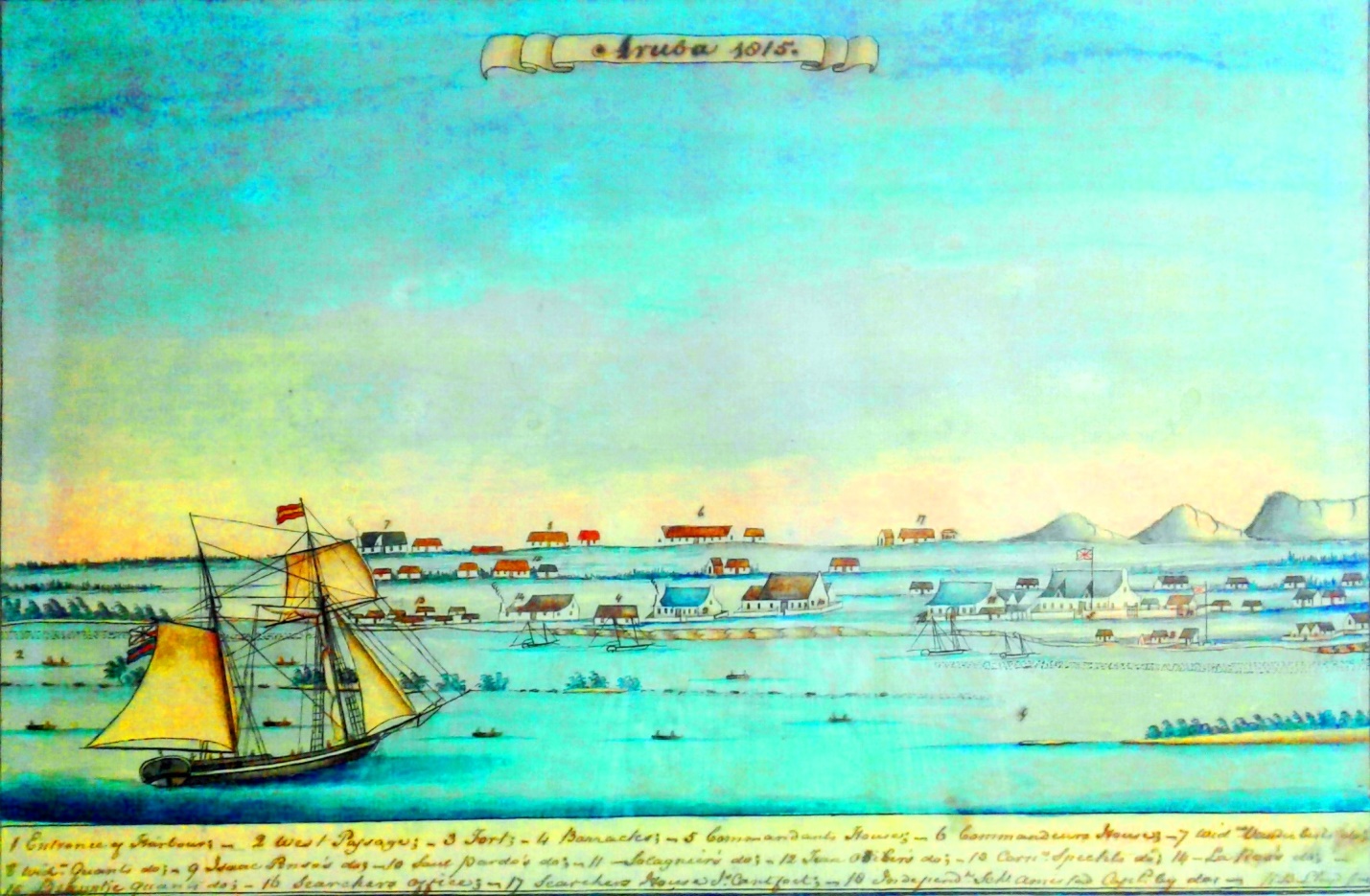
In a few days, the capital of Aruba, Oranjestad (Orange City), will reach its 200 years of existence. It was on August 3, 1824, that officially its name was first proclaimed. During this episode, we go back in time to reminisce about its endearing history. Before 1790, South Savaneta, closed to the water edge, was the capital of Aruba; however, at the time, the area known as TaraTata, or Horses Bay, turned out to be more accessible for ships wanting to anchor.
The first solid buildings in Oranjestad were built in 1797, but within thirty years it had expanded into a small town. Its houses were not large and all had only one floor, except perhaps the commander’s house. At that time, no one suspected that a place was emerging whose name two centuries later would resonate within the world’s tourist sector.
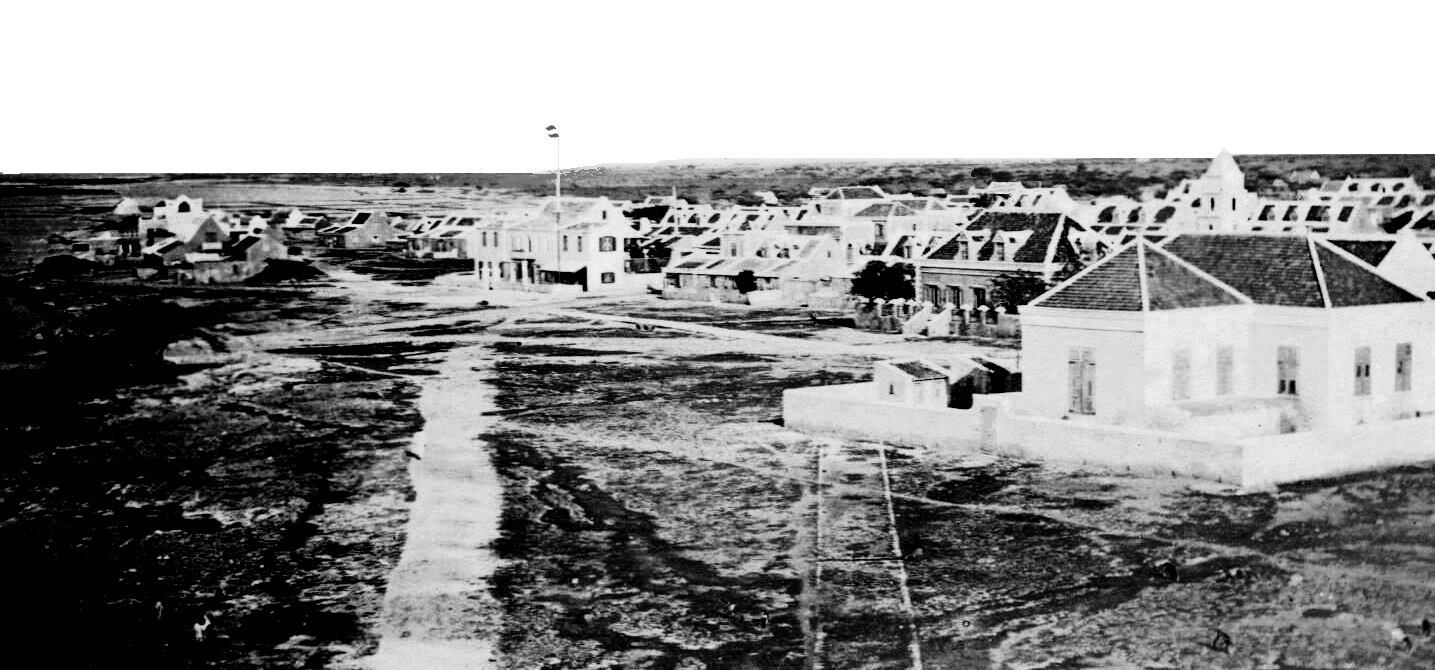
When tiles brought from Europe were introduced into the construction of limestone houses in the bay area, many roofs were completely covered with this bright, intense orange color that gave a beautiful illuminated view to the area. The houses of the less well-off were built of mud, a native construction method known locally as “torto.” Their roofs were made of corn stalks and palm leaves and sealed also with mud or clay.
By 1827, the emerging town had been divided into an eastern and western half. The eastern half, with 77 houses, was the most elegant quarter, and a good number of those houses were built of local limestone or bricks. While the western half of the present-day coastal area had over 100 houses, only 23 were made of brick.
Overall, the buildings in Oranjestad were built in a chaotic manner, so much so that at night, it was impossible to make your way through the maze of scattered houses without hitting obstacles; there was no lighting, and the roads were in poor condition. Some of them were situated less than fifty yards away from the cannons of Fort Zoutman, which prevented the garrison from opening fire on any ship or object in the bay without firing directly at them.
It was not until the end of the 19th century that the streets now called Nassau and Wilhelmina Street had a few hundred yards of pavement made up of what the Dutch call baby’s heads, i.e., cobblestones. What today remains of old Oranjestad are a few buildings, such as the famous Fort Zoutman, which dates back to 1796 and whose outer walls constitute the oldest stone building in Aruba (Island Insight episode 214: “Fort Aruba, two in one”). The tower in front of the fort and current entrance was built in 1868, and the inscription on the tower will draw attention to the initials W III, meaning William III, in honor of the reigning Dutch king during its construction.
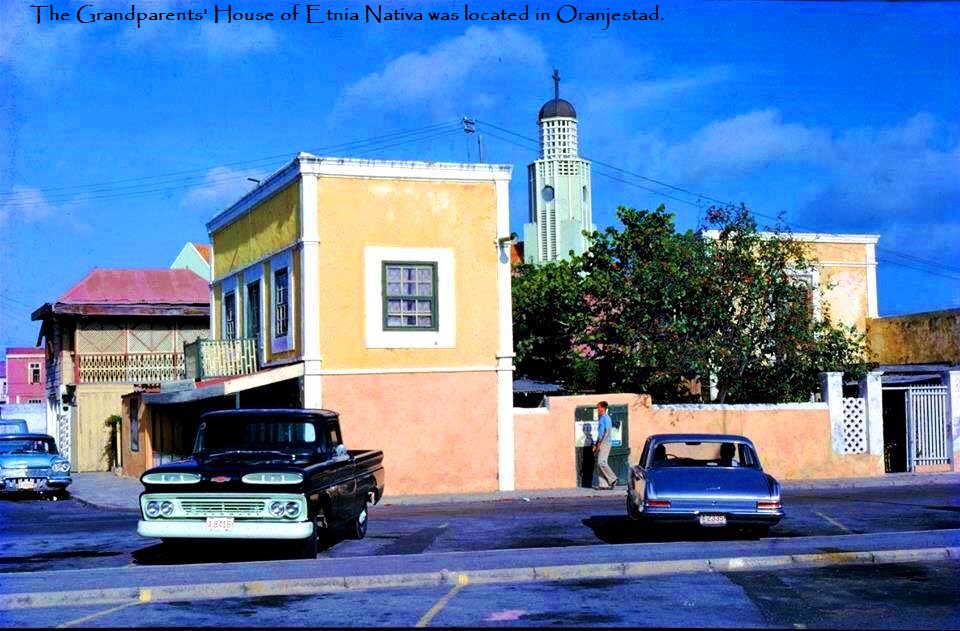
It was the cluster of gleaming orange roofs in keeping with the Dutch Royal Family’s name “Van Orange” that on August 3, 1824, inspired the then commander of Aruba, Jacob Thielen I, to first propose the name Oranjestad for the emerging capital city located at Horse’s Bay. This fact is known to Etnia Nativa through their personal family history. On that occasion, the name was immediately hailed by the entire town, which erupted in cheers of “Long live Oranjestad!” and “May it grow and prosper!”
If you liked our native stories and are interested in learning the true identity of Aruba, a visit to Etnia Nativa would be a fantastic choice. It has been a trend setter since 1994, as a co-founder of projects such as Arikok National Park, the Archaeological Museum, and the Artisan Foundation, among others. Every week, this newspaper continues to share its valuable knowledge. Don’t miss the opportunity to feel the island’s spirit through learning real stories that are not just remembered; they resonate, they’re felt, and they stir souls. Book your visit: WhatsApp +297 592 2702 etnianativa03@gmail.com







